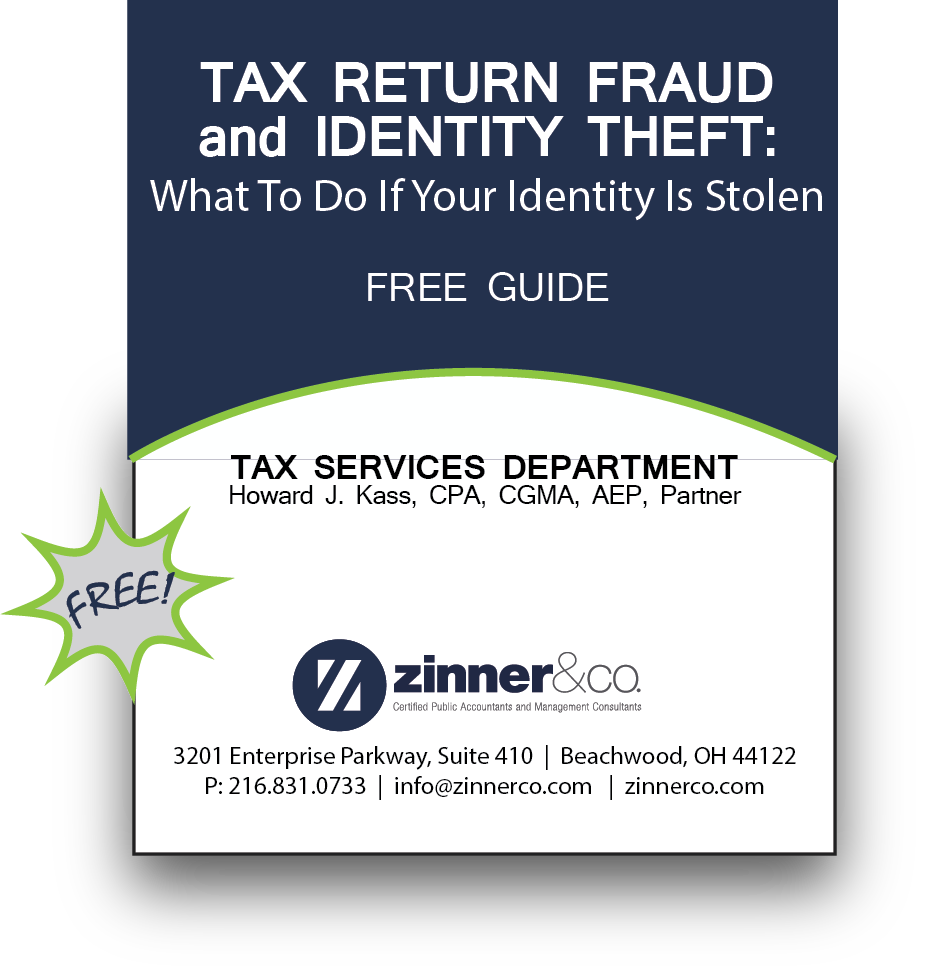ax-Related Identity Theft
First of a three part series
With the 2015 tax reporting season largely concluded, there is no doubt the (tax-related identity theft) trend is continuing. Most states have slowed the state refund process as they work to combat identity theft, and the IRS has issued numerous alerts on tax scams that have taxpayers wary. The most recent alert by the IRS indicates a 400 percent increase in email tax scams this filing season over the last filing season.
With so many issues to tackle, the process of assisting victims is a slow one. As of May 2015, the IRS had 671,773 open identity theft cases, with just over 3,000 trained employees dedicated to working directly on these type cases while in the process of training 35,000 employees to be on the front-line to troubleshoot and direct victims in recognizing and reporting identity theft. Further, according to a Treasury Inspector General for Tax Administration audit, the IRS is taking an average of 278 days to resolve identity theft cases rather than the 180 days they have publicized.
"It is quite sad that Tax-Related Identity Theft has become a “mainstream” event that no longer shocks the public. We must all work together to stem this tide by taking the necessary steps to protect ourselves. We can help you determine what those steps are." - Howard Kass, CPA, CGMA, AEP, Partner
From understanding how tax-related identity theft is identified to the ways it can be reported, it’s important that tax we know how to effectively and efficiently guide our clients through the process to best support them in their time of need. 
Identifying Tax-Related Identity Theft
First, let’s start with the basics. Tax-related identity theft occurs when someone files a fraudulent tax return using another person’s tax identification number to obtain refund. The IRS has two ways to detect identity theft on filed tax returns:
1. Identity Theft Filters – At Filing
Identity theft filters are applied to all tax returns at processing. If a return gets stopped by one of the filters, a letter is generated and mailed to the taxpayer requesting identity verification or additional information to process the return. The problem with this approach is that of the 3.8 million returns that were suspended by identity theft filters last year, 34 percent were false positives, according to the National Taxpayer Advocate report to Congress on the 2015 filing season. This indicates that at least one out of three returns were falsely suspended, causing not only a delay in issuing the taxpayer their refund, but understandably, frustration.
2. Suspicious EIN listings – Post Filing
When IRS examiners screen filed tax returns for fraud potential and identify a particular EIN that has been used to report false income and withholding, the examiner performs extensive research to locate the employer. If the employer is determined to be a fictitious business, the EIN is designated as suspicious. To detect identity theft; this suspicious EIN listing is used by the IRS to identify tax returns that have income reported using those EINs. If a return is identified as using a suspicious EIN to report income, the IRS sends a letter to the real taxpayer informing them of such. To date, there have been over 6,000 EINs confirmed suspicious.
The other way potential tax-related identity theft is uncovered is if a taxpayer suspects it. Suspicious scenarios include:
• Questionable items on a client’s tax account transcript
• Receipt of an IRS notice for underreported income or fictitious employees
• Experiencing an unusual delay in receiving a refund
• E-file rejection indicating a duplicate return filing
• IRS acceptance of original paper filed return as amended
• Receipt of a letter from the IRS indicating balance due, refund offset, or collection actions taken against the client, and no return was filed or refund was received
• Personal information compromised in a data breach, wallet or purse stolen, or client believes they are a victim
It’s also important to note that most victims of tax-related identity theft are children, the elderly, deceased individuals and people who are in prison. Why? Because these individuals may not have a filing obligation or file a tax return, so the thief’s tax return is the first one filed with the IRS—and there is no duplicate return or Social Security number to kick out the fraudulent return.
In part two, we will discuss how to report tax-related identity theft. In the meantime, if you think you may be a victim of tax-related identity theft, contact us at info@zinnerco.com or 216.831.0733 or any of the professionals on staff. We have the answers to guide you and the resources to help you recover.

This article appears in its entirety on Accountingtoday.com by Trenda B. Hackett, CPA, technical editor/author of PPC products for Thomson Reuters Checkpoint within the Tax & Accounting business of Thomson Reuters.





